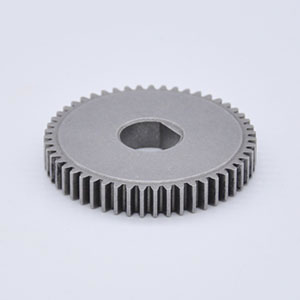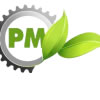
The applications for powder metallurgy components fall into two main groups. First are components that are difficult to manufacture by any other method, such as those made from tungsten, molybdenum, or tungsten carbide. In addition, porous bearings, filters, and many types of hard and soft magnetic components are made exclusively using powder metallurgy. The second group consists of PM components that offer a cost-effective alternative to machined components, castings, and forgings. Automotive clutch plates, connecting rods, camshafts, and planetary gear carriers are just some examples of these.
PM components are used in a variety of markets, with the automotive industry being the predominant one, consuming approximately 70% of the ferrous products the industry produces annually. Other important markets include recreation, hand tools, and hobby products; household appliances; industrial motors and controls; hardware; and business machines. And, as designers increasingly learn about the superior performance, unmatched tolerances and cost savings the PM process can offer, the trend indicates that PM components are continuing to expand into previously untapped markets—like metal additive manufacturing.


